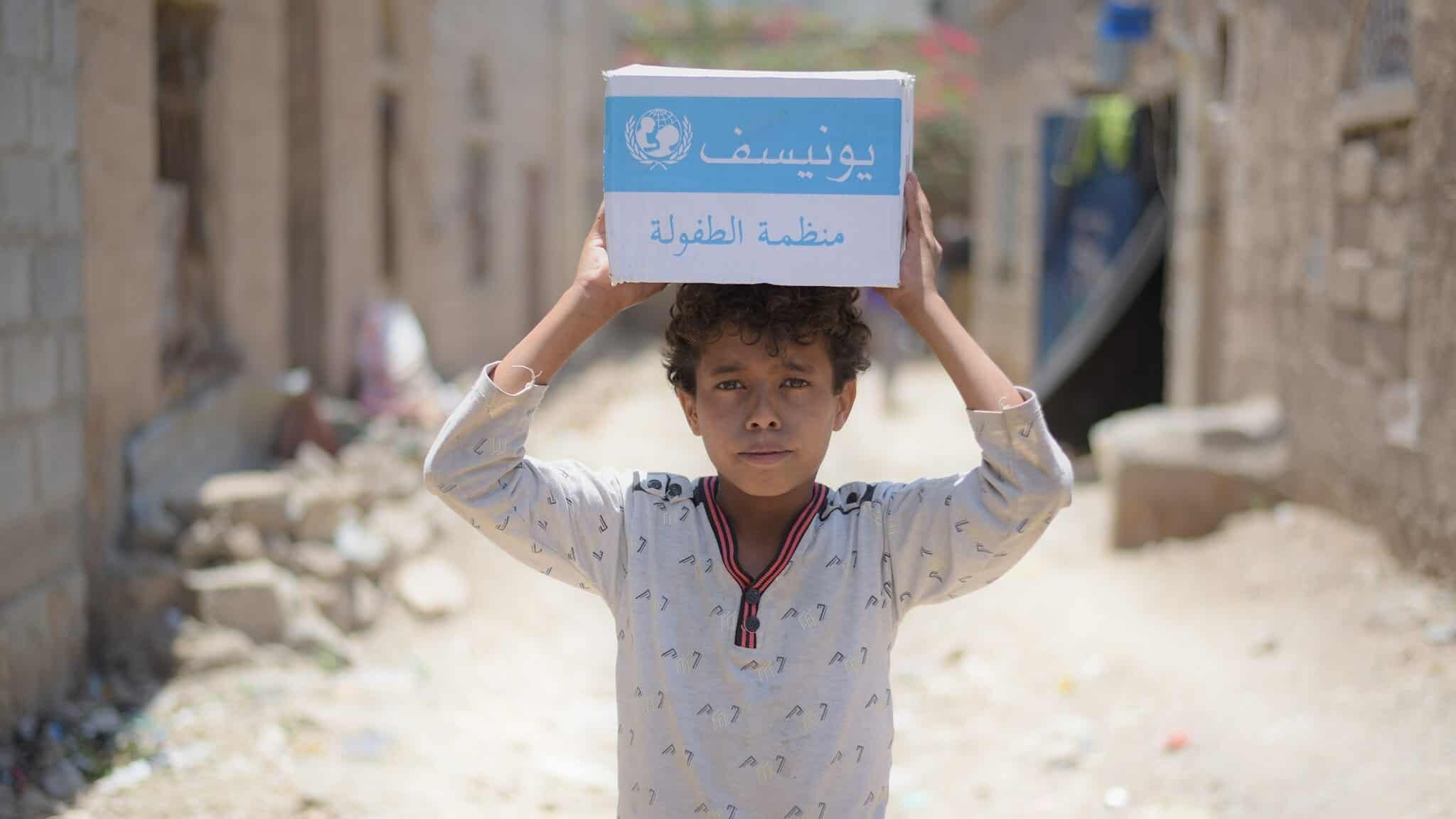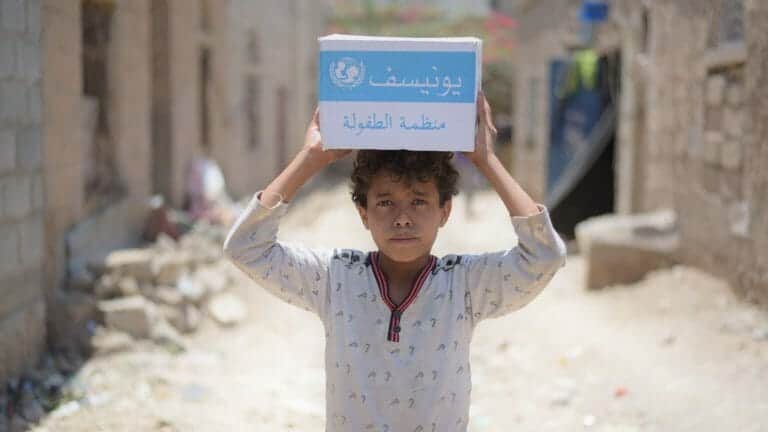Why you should care:
Because cholera has had a devastating effect on the conflict-ravaged country and can be used as a tool of war.
For nearly four years, Yemen, one of the Arab world’s poorest countries, has been ravaged by war. With on-the-ground reporting still difficult, the death toll from fighting and bombing — currently over 60,000 — is thought to be vastly underestimated. Beyond that, starvation and disease have killed 85,000 children, and cholera alone has cost 2,600 lives.
Since October 2016, Yemen has been in the grips of one of the worst epidemics of cholera seen in modern history: From April 27, 2017, to Oct. 31, 2018, 1.3 million suspected cases were reported, and as recently as October 2018 the WHO estimated about 10,000 new cases were added every week. Cholera is caused by a water-borne bacteria, meaning water, sanitation and hygiene (WASH) programming is essential to stopping its spread. But that means such projects can be effective extremely quickly. In fact:
A $395,000 water treatment plant restoration, along with programs targeting the region’s infrastructure, sent cholera cases in the region plummeting by an estimated 92 percent.
Those figures were taken from the electronic disease early warning system (eDEWS), which showed that in the month of August 2017 there were 15,020 suspected cases of cholera, 59 deaths and 958,668 people thought to be at risk. The plant became fully operational in September 2017, and by January 2018, these numbers had dropped to 164 cholera cases and zero deaths.
Explore inside the restored water plant in Yemen with this 360 VR video […]
Full article: How a Yemen Water Plant Helped Cut Cholera by 92 Percent
More about cholera and other water-related diseases:
Drinking Water — World Health Organization
Surprising Solution To The Global Water Crisis: Solar Power
Puerto Rico is becoming a textbook example of how waterborne disease outbreaks spread
The Science Is Clear: Dirty Farm Water Is Making Us Sick



